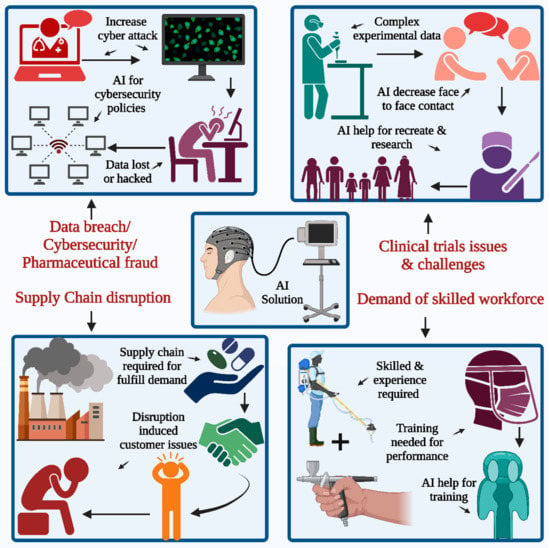
### The Genetic Framework of Intelligence: How Nature’s Compression Mechanism Influences AI
When a young spider constructs its first elaborate web or a baby whale traverses the immense ocean, these actions appear almost supernatural. Achieving complex behaviors without any formal education or direction, they rely solely on the mechanisms encoded in their DNA. These inherent abilities illustrate nature’s capacity to condense vast intricacies into the limited scope of a genome—a degree of efficiency that has intrigued both biologists and computer scientists. Recently, a pioneering study from researchers at Cold Spring Harbor Laboratory has leveraged this phenomenon, introducing a fresh perspective on artificial intelligence (AI) design and operation.
—
### Unraveling Nature’s Efficiency in Neural Structures
Under the guidance of Professors Anthony Zador and Alexei Koulakov, the research team tackles a pivotal question in biology: **how does the genome, with its restricted information capacity, orchestrate the extensive and complex neural networks observed in living brains?** Considering that the brain features hundreds of trillions of connections among neurons, the relatively limited size of the human genome seems quite inadequate to encapsulate all this complexity.
Rather than perceiving the so-called “genomic bottleneck” as a shortcoming, Zador and Koulakov regard it as a design element vital to the advancement of intelligence. “What if the limited capacity of the genome is precisely what enables our intellect?” ponders Zador. This inquiry led them to develop an innovative computational algorithm inspired by nature’s compression techniques, termed the **“genomic bottleneck” algorithm**.
The essence of their approach involves condensing—or compressing—neural networks to their core components while maintaining impressive performance. Just as animals do not need to memorize every minor detail of their neural connections but rather a set of effective construction guidelines, this algorithm condenses critical information into compact, flexible structures.
—
### Impressive Outcomes: Streamlined AI With Enhanced Abilities
To evaluate their algorithm, the researchers implemented it in AI systems tackling traditionally difficult tasks. The outcomes were extraordinary: the streamlined networks achieved near state-of-the-art accuracy in image recognition tasks despite utilizing less data and fewer parameters than leading AI models. Even more notably, these networks displayed remarkable adaptability, demonstrating skill in playing video games like *Space Invaders*—a task that demands strategy and flexibility—without any prior, specific training for the task.
This success carries considerable implications. A major bottleneck in current AI development is the vast computational power and data storage demands of leading models such as GPT-4. By emulating nature’s capacity to compress information, Zador and Koulakov’s approach could enhance AI efficiency and accessibility significantly.
—
### The Brain Versus the Genome: A Compression Triumph
Despite these advancements, the researchers are quick to emphasize the considerable divide that exists between their AI models and biological systems. Koulakov emphasizes the astounding level of compression achieved by nature: “The brain’s cortical framework can store approximately 280 terabytes of information—roughly comparable to 32 years of continuous high-definition video.” In contrast, our genomes, which consist of only 3 billion base pairs of DNA, encode merely about one hour of that volume, representing a **400,000-fold greater compression efficiency**.
This remarkable gap underscores the unmatched ingenuity of biological systems, yet the new discoveries bring us a step closer to closing it. The genomic bottleneck algorithm illustrates how constraints, whether genetic or computational, can compel intelligent systems to optimize resources and evolve highly efficient designs.
—
### Practical Applications of Compression Techniques
The research not only enhances our comprehension of the brain—it possesses significant practical relevance for the future of AI. Reducing AI complexity while preserving performance could enable robust models to function on smaller devices, such as smartphones or embedded systems, with minimal performance trade-offs. For instance, rather than requiring massive server farms to operate models like ChatGPT, future iterations of AI grounded in compression technologies could run layer by layer on consumer hardware. This would broaden access to advanced AI tools while significantly lowering energy consumption.
Moreover, this research could illuminate strategies for designing adaptable AI systems capable of transferring knowledge across various tasks, akin to how a genome encodes diverse functions across numerous species.
—
### Consequences for Comprehending Innate Behaviors
Biological intelligence serves as the foundation for this research, offering unique perspectives on how intricate behaviors arise from limited information. By examining natural systems, the team illustrates that constraints like the genomic bottleneck are not merely obstacles to overcome—they may be crucial for promoting adaptability and efficiency. For example, the capacity of spiders and whales to perform life-essential tasks from birth showcases the power of compact encoding mechanisms.
Zador and Koulakov’s insights bring these biological lessons to the forefront of AI development. In doing so, they provide not only an alternative framework for artificial intelligence but also a significantly deeper understanding of the roots of intelligence in natural systems.
—
### Glossary of Key Terms